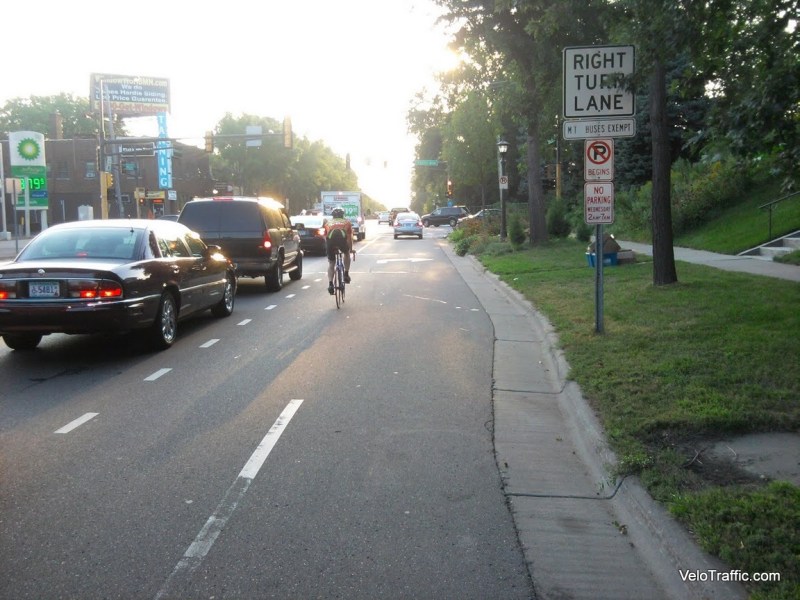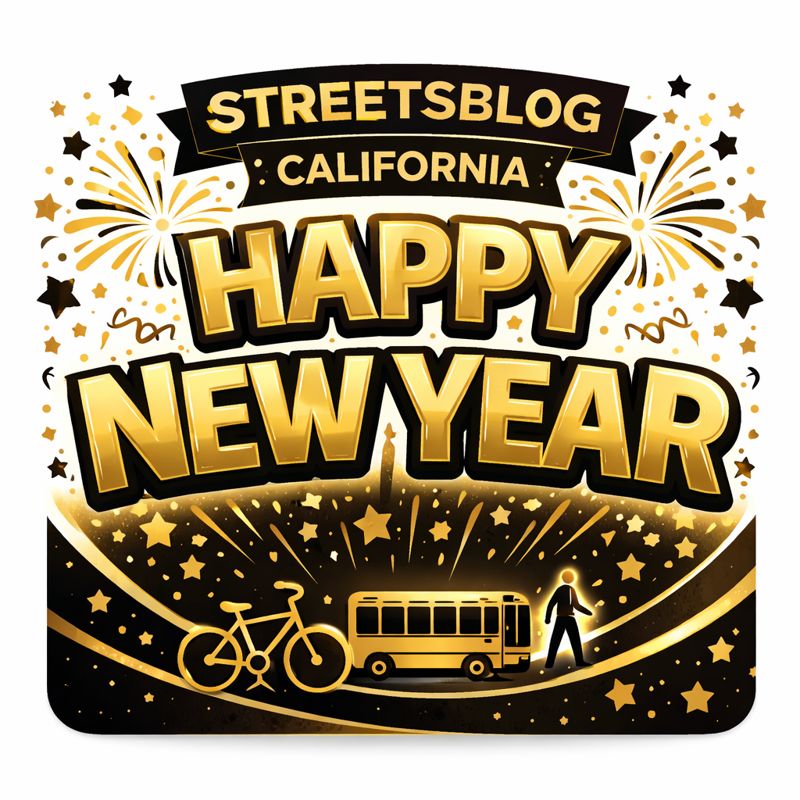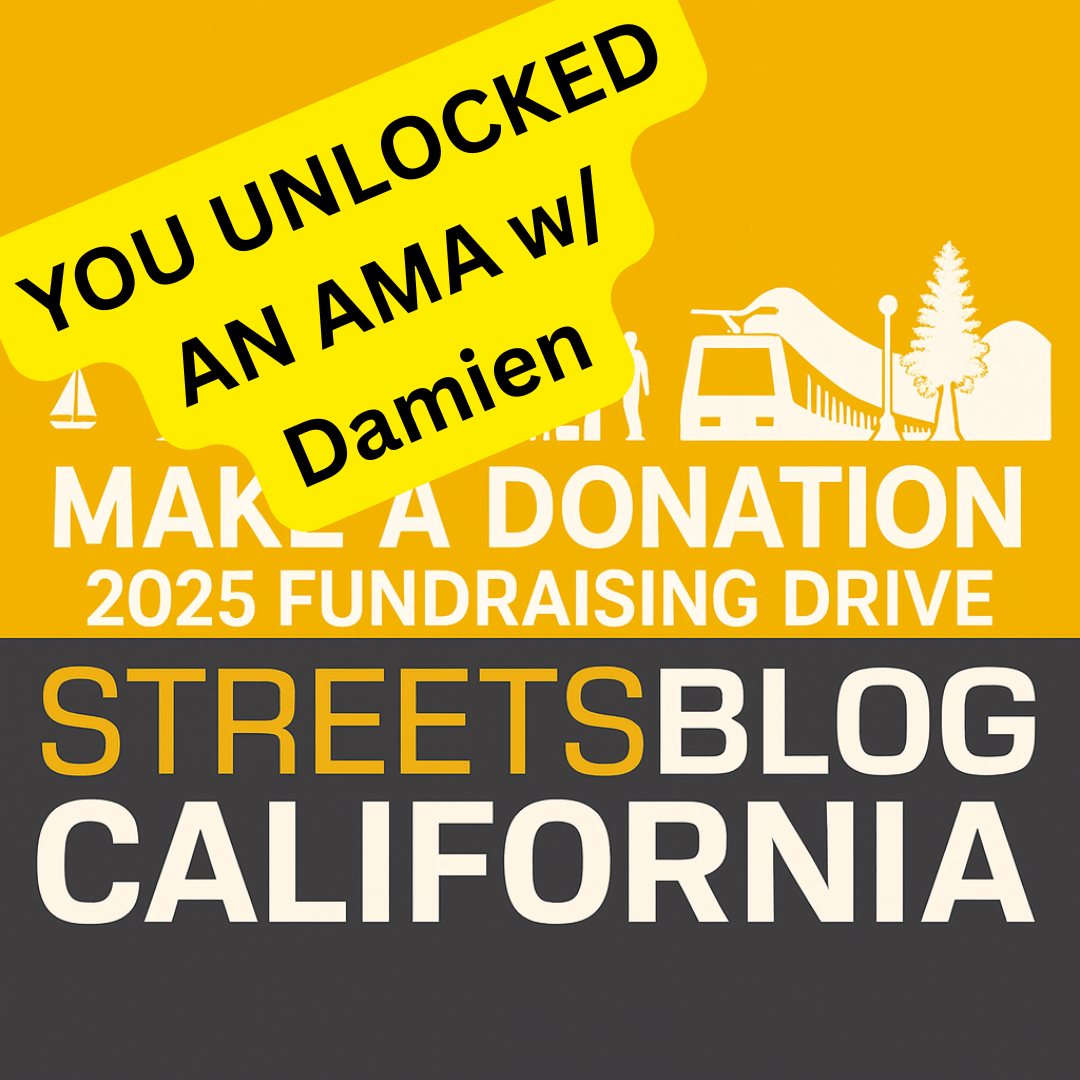A study [PDF] commissioned by the Florida Department of Transportation provides new insight into how cyclists and drivers interact, and found that motorists and dangerous street design -- not cyclist behavior -- are the primary factors that put cyclists at risk.
Researchers from the University of South Florida gathered data from 100 bike riders in and around Tampa. Participants' bikes were mounted with sensors, cameras, and GPS to record their movements for a total of 2,000 hours.
The results do not support the assumption that cyclists are reckless rule-breakers.
According to the study, bicyclists were in compliance with traffic laws 88 percent of the time during the day and 87 percent of the time at night. The observed compliance rate for drivers who interacted with participants was slightly lower, at 85 percent during the day. (There weren't enough nighttime driver observations to report a compliance rate.)
During the study period there were three incidents involving right-turning motorists that were characterized by researchers as "close calls." Two were caused by drivers who failed to yield. In one case the cyclist crossed during the "Do Not Walk pedestrian signal." This implies he was riding on the sidewalk, though the study does not specify street conditions.
There were 21 "no close call" right turn instances involving motorists and cyclists. Cyclists were compliant with the rules in every instance, and in four cases drivers failed to yield.
There was one recorded collision. In that case, a motorist hit the bicyclist from behind as she waited to turn left. The crash occurred on a road with no bike lane or sidewalk, forcing the bicyclist to use the general travel lane. The study authors determined the cause of the crash was lack of bike infrastructure and driver error.
"The driver was impatient and tried to pass at a relatively high speed since the oncoming traffic was about to stop for the bicyclist to turn," the report says.
The study found bicyclists favored bike lanes or the sidewalk to riding in the general travel lane. "Sharing the road with vehicle flow was usually associated with higher crash risk than the other two locations and, therefore, was the least favorite choice," wrote the researchers.
When there was a bike lane, bicyclists chose to ride in it 87 percent of the time, while 8.7 percent rode on sidewalk and 4.3 percent rode in the motor vehicle lane.
The study recorded 19 "close calls" involving drivers who passed cyclists with less than three feet of clearance. The data seemed to show that the presence of bike lanes was a key factor: Five incidents happened when a bike lane was present and 14 occurred when there was no bike lane.
"The lack of dedicated bike lanes, wider bike lanes, and/or sidewalks is a primary reason for close calls with passing vehicles, where bicyclists have to share the limited road space with vehicle flow," says the report.
The study is not without its shortcomings. It's unknown how much the presence of monitoring equipment influenced cyclist behavior. Researchers classified cyclists by level of “risk” and “distraction” based on a questionnaire. But the study authors did not, for example, account for situations where complying with traffic laws actually makes cyclists less safe.
The study recommended a few strategies for Florida, which has a bike fatality rate that is three times the national average. Though they found that nearly nine out of 10 cyclists obeyed traffic laws, researchers' suggestions were heavy on cyclist "education," which does nothing to protect people on bikes from dangerous drivers on roads that force them to ride with motor vehicle traffic. The more pertinent recommendations were for more and better bike infrastructure.
Hat tip to Don Kostelec.






